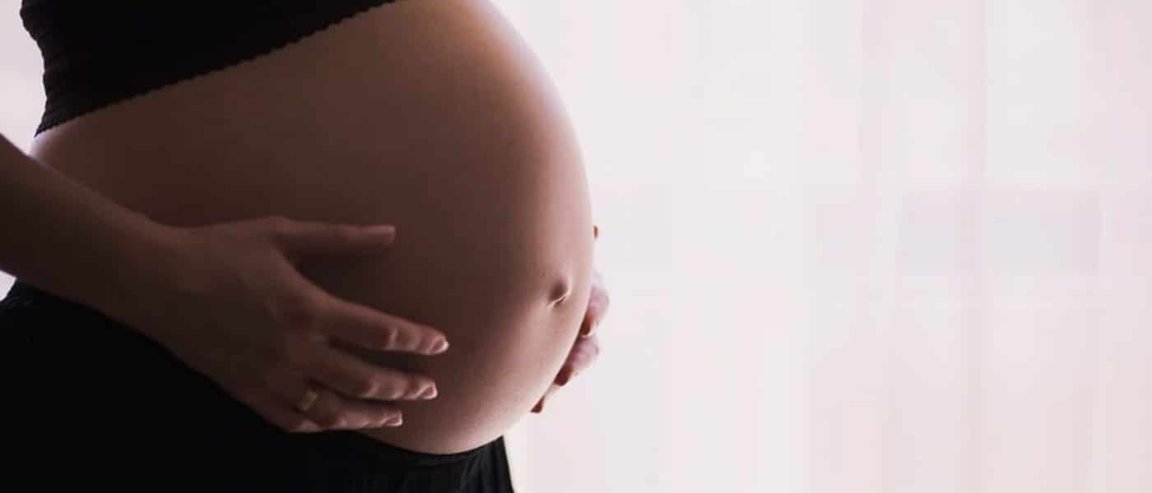
One Baby, Three Parents
The United Kingdom’s fertility regulator will now begin accepting applications from clinics seeking to offer patients mitochondrial donation. The treatment has been proven to help women with mitochondrial DNA mutations give birth to healthy babies, and the Human Fertilisation and Embryology Authority’s (HFEA) approval for the technique has been deemed a historic step forward in this field.
The process involves the removal of the nucleus DNA from the egg of the mother carrying the mitochondrial disease and transferring it to a donor egg. The egg is fertilized with the father’s sperm, and the embryo is then implanted in the mother. That embryo will therefore have nucleus DNA from its parents, but mictochondrial DNA from a donor, though the third-party DNA will account for less than one percent of the embryo’s genes.
“Today’s historic decision means that parents at very high risk of having a child with a life-threatening mitochondrial disease may soon have the chance of a healthy, genetically related child. This is life-changing for those families,” says HFEA Chair Sally Cheshire in a statement.
A mitochondrial donation at a Mexican clinic resulted in the successful birth of a three-parent baby earlier this year, and the team behind that case recently announced plans to treat as many as 20 new patients in the first half of 2017.

Life-Changing Treatment
Women with mitochondrial disorders have a high risk of passing on the mutated DNA to their offspring. In most cases, the affected child will die early due to the lack of available treatment options or suffer debilitating condition such as muscular dystrophy, organ failure, and muscle weakness.
Prior to the availability of mitochondrial donation, women with faulty mitochondria who wanted to have children were limited to adoption or undergoing in vitro fertilization (IVF) using healthy donor eggs. If they wanted to push for genetically related offspring, they would have to risk natural birth or undergo a screening procedure that could potentially help doctors find embryos with the fewest mutations.
Despite being a viable and better alternative to existing options, the procedure is not universally embraced. Critics have asserted that the DNA manipulation the technique requires could eventually lead to the creation of “designer babies.” However, as it provides a solution to a condition for which there is currently no better option, the value of this breakthrough is enormous.
Receiving the green light from regulatory bodies proves that advancements that could save lives and have positive life-changing implications right now will garner support despite any hypothetical future scenarios. “After a lot of hard work and invaluable advice from the expert panel, who reviewed the development, safety, and efficacy of these techniques over five years and four reports, we feel now is the right time to carefully introduce this new treatment in the limited circumstances recommended by the panel,” says Cheshire.